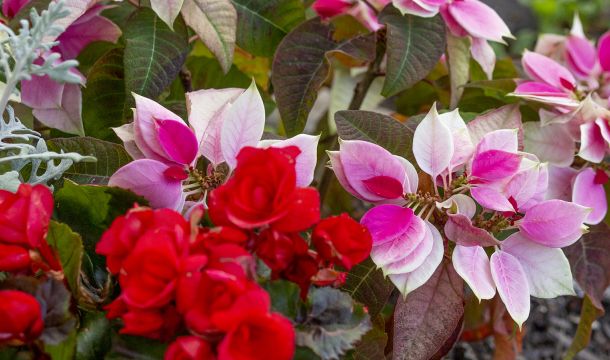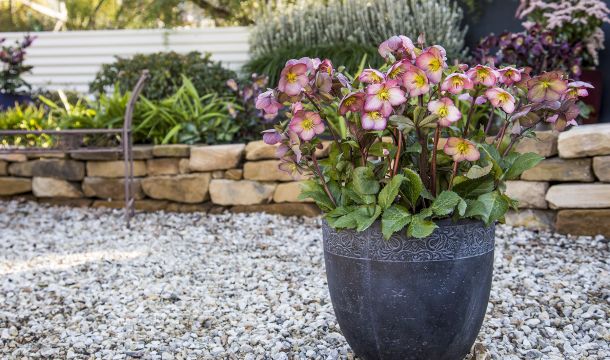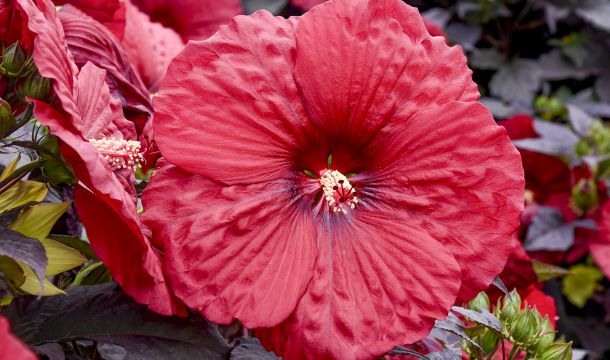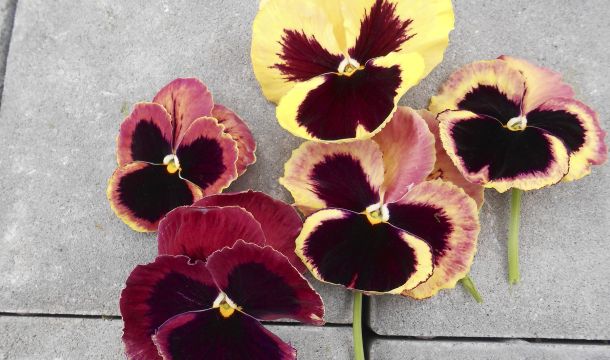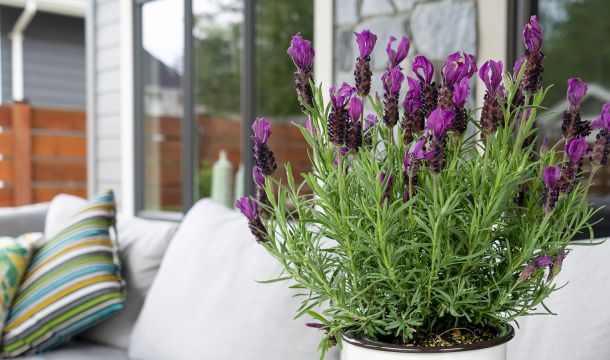The Splitting of the Impatiens
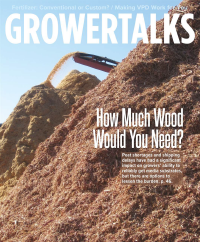
When analyzing Impatiens sales these days we can see that the category has split into two distinct segments, each with its own sweet spot and market focus. Wholesale price lists show this breakout regularly. They often follow “Impatiens” with “Impatiens, Hybrid” or perhaps “Impatiens, SunPatiens”. This division reflects the new normal and, looking under the hood, we can also see each segment is shifting under different breeder and buyer pressures.
The Armored Impatiens
For example, production for Impatiens walleriana has been consolidating under the protective umbrellas of the Beacon and Imara series over the past several years. Strong DM resistance is the table stakes required just to get into the game as growers nudge their large capital investments (crops) into safer harbors.
The result is a significant pruning of older series, colors, and forms across the wholesale market. However, selection is a secondary issue against the prospect of so much capital that might belly up. Going forward, any new series will need equivalent armor to be taken seriously by growers, so this requirement will slow down the number and pace of series, color, and form introductions for the near future.
![]()
SunPatiens (left) and Beacon (right) grow under a crabapple tree in a teaching bed at Diefenbacher Greenhouses (Cincinnati, OH).
The Consumer Market
The good news for walleriana is that the consumer market is willing to embrace it again. As a rule, sales ramp up in late April, peak in early May and exit by Memorial Day. Hangers, in particular, seem to be the sweet spot. For those who specialize in Mother’s Day baskets, wallerianas still tick off all the necessary checkboxes: great color, cheap input, fast growth, popular look, quick turnaround and known expectations. They are usually kept close to the house, an important detail.
You would expect to see similar improvements in bedding sales, but the topic becomes more nuanced for pots and flats. Several growers/retailers reported a brief resurgence of Impatiens sales in the mid-2010s after all the drama died down, however deer, not disease, truncated the revival.
Deer will take a nibble out of anything they pass by. If it tastes bad, they move along, but if it tastes good, they will stop and eat it to the ground. Overbearing deer pressure has alway been there, but the animals’ encroachment deeper into older, established neighborhoods has been significant over the past decade.
In response, discouraged gardeners abandoned Impatiens as a viable garden plant. As one retailer/grower in western Pennsylvania stated, “Impatiens needs to taste bad to deer.” Then he would get excited about the category again.
If your market footprint suffers from deer problems, then flats and pots of Impatiens will have trouble getting traction. Hangers, in the meantime, will sell well.
![]()
Owners, such as Elmer Grosser, translate plants into solutions for their local market. Here, he explains the Beacon series to his retailers and landscapers.
The Landscape Market
Landscapers, the primary buyers of flats these days, landed in a different place. Yes, they plant up municipalities, businesses, parks, and golf courses in volume, but they also control significant chunks of the home market. As a group, their decisions move revenue around.
For landscapers, Impatiens became toxic. The risks were too scary because they didn’t have the margin to go back and fix a garden if problems occurred. They needed a once-and-done solution, but ditching Impatiens led to a different problem: once the pansies got a little long, what to plant next? Impatiens would logically follow but now they didn’t work anymore.
Begonias do work in the shade. They saw a little emergency push during the downy mildew crisis but, long-term, they weren’t viable. Begonias don’t look like Impatiens and they have a very small color palette. The “carpet of color” look is the point or Begonias would have been planted in the first place.
Vincas do look like Impatiens, but they can’t go into the ground until June. Landscapers can’t follow pansies with vincas because they have to show up with something to get paid. Something has to fill the gap. New Guineas can handle the cooler spring, but they grow into beasts when planted in the soil and their cost would bust the budget. Not a working solution.
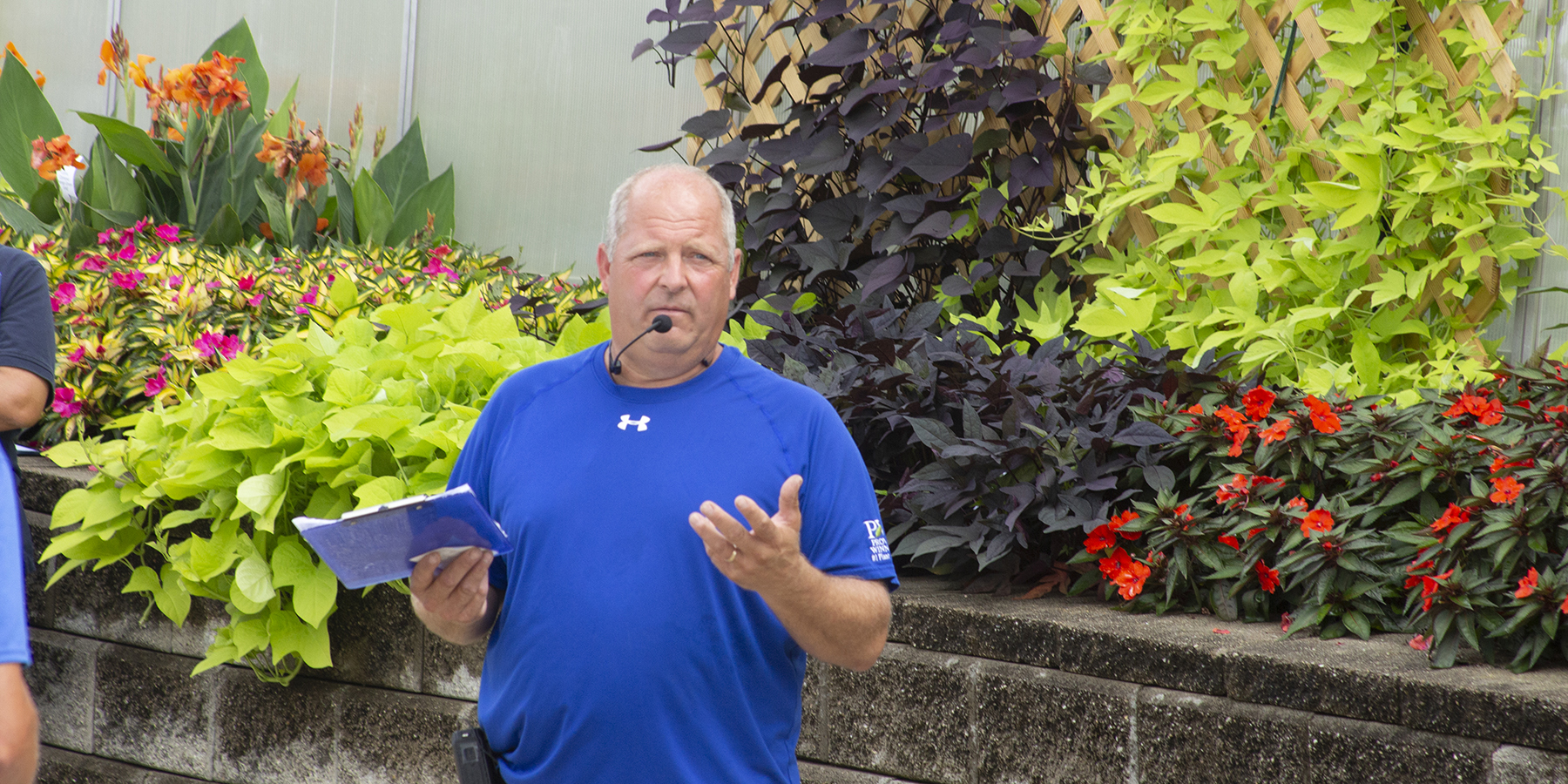
Ron at Diefenbacher talks about SunPatiens within a garden bed or trough. Notice the height.
From left to right: Cannova Orange, SunPatiens Tropical Orange, Marguerite, SolarTower Black, SolarTower Lime, SunPatiens Compact Orange
The Hybrid Impatiens
What did work were the SunPatiens, the dominant series in a segment known as “Hybrid Impatiens”, created by mixing hawkeri (New Guinea) genetics into the base wallerianas. It’s a crowded field with other contenders like Bounce, Solarscape, Sun Harmony, and others, but SunPatiens came out back in 2006.
Hawkeri is not an easy gene pool to play in by any means. All hybrid series have to work with the Jekyll & Hyde curse that New Guinea blood brings to their little cousins. The vigor that makes New Guineas big, brash, and bold turns mild-mannered wallerianas into overly vigorous forms and it takes several years to bring those urges under control. Even SunPatiens had this issue—remember the Vigorous series?
However, timing was the key. SunPatiens had ironed out the kinks before the downy mildew crisis hit. When the markets became chaotic, SunPatiens suddenly had a workalike product in a broad color range + DM immunity + deer distaste + the original sun performance, backed by an existing grower network. Buyers swapped out their purchase orders and re-adjusted themselves to a new normal.
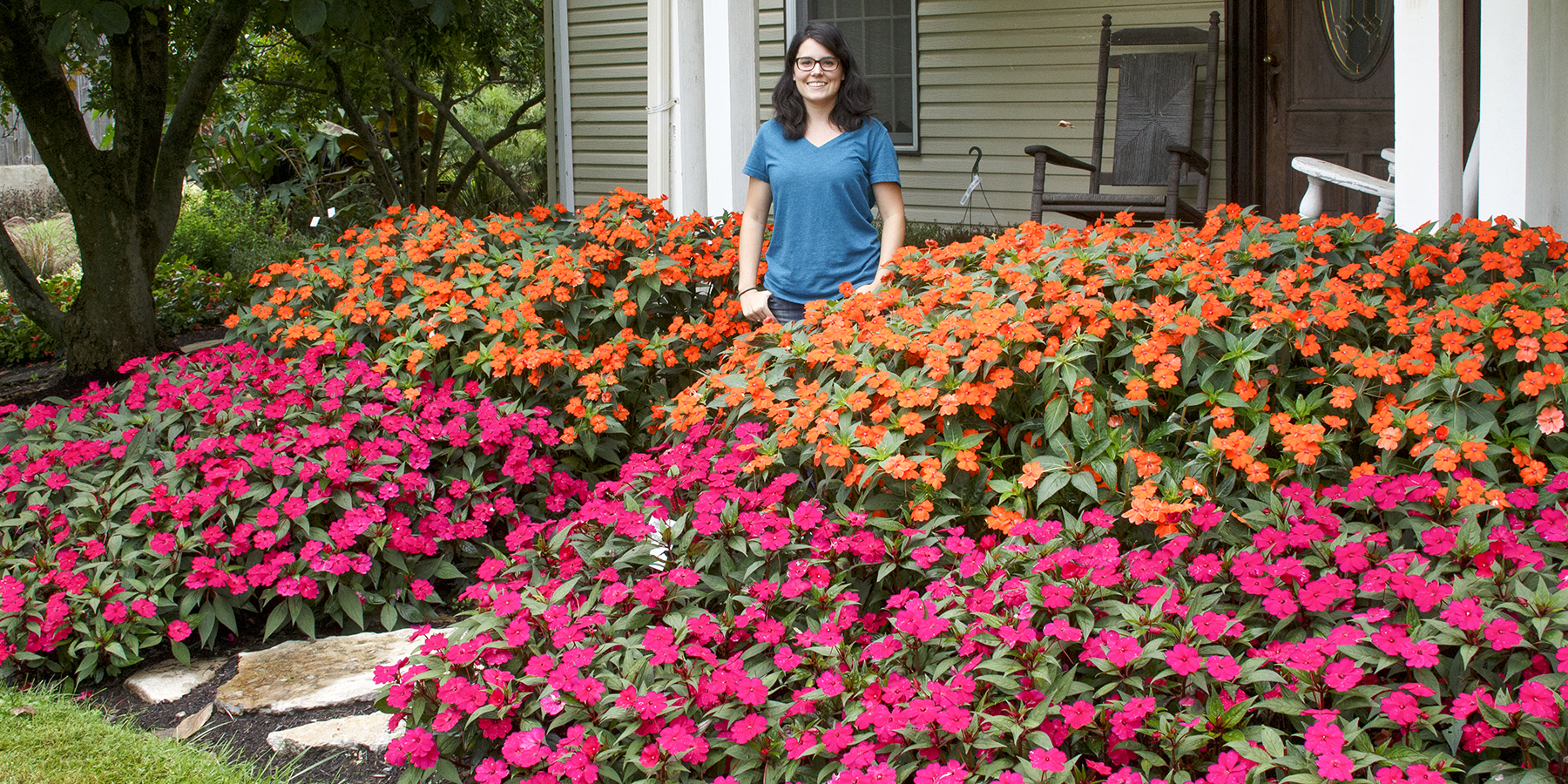
Push hybrids hard, and they’ll grow; straight wallerianas won't. (Amy is on the stairs). SunPatiens Vigorous Orange (top) and SunPatiens Compact Magenta (bottom)
Going Full Circle
Traditional wallerinas contribute significant revenues these days in spring sales, especially with hangers and areas without heavy deer issues. The hybrids, once a minor player, now generate major revenues into the landscape market and the channels that serve them. When downy mildew crashed the North American market, the industry’s major question circled around its replacement. The best replacement for Impatiens, it turns out, are Impatiens, just different ones.
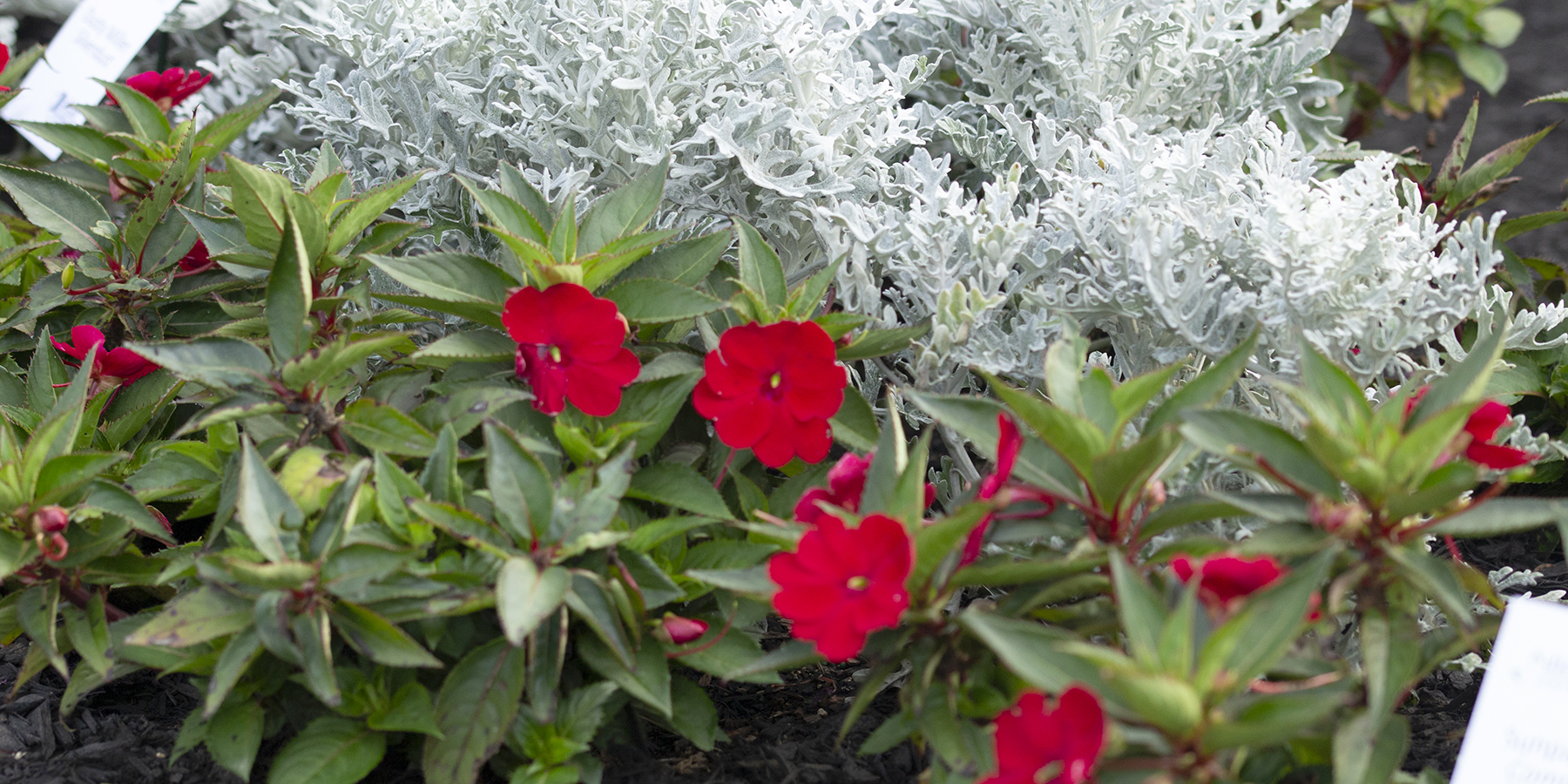
On the opposite end, Compact Dark Red sits under Silverdust in this garden. Light feed and water.
Popular Articles
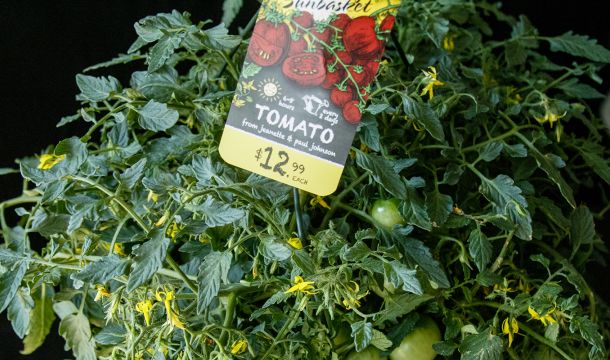
Trialing Edible Baskets

The Arthouse Expansion of Agastaches

The Strengths Behind Phlox Subulata
